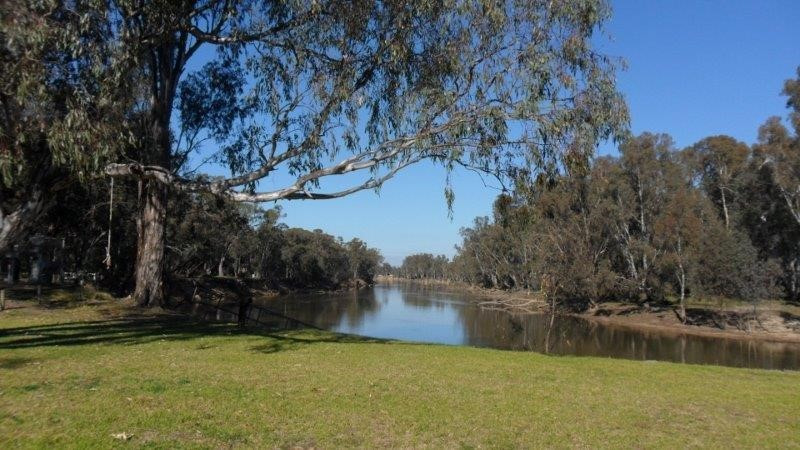Prehistory – Present
In the beginning… Barmah Forest was created by complex geological, water and ecological processes over tens of thousands of years.
Large earthquakes occurred in the region during the past 70,000 years, the most recent probably 20,000 to 30,000 years ago. A block of land 80km long, extending from Deniliquin to south of Echuca, was gradually raised by up to 15 metres. It is referred to today as the Cadell Tilt Block or Cadell Fault.

Eventually the Murray River diverted to flow north around it.
The Moira Lakes and an ancient giant lake, Kanyapella, formed east of the fault.
The most recent ice age reduced flows and dried the ancestral lake. Wind-blown sand from the lake beaches built the long, gently curving Bama sandhills on its north-eastern shoreline.
The decline of the ice age brought wetter conditions from around 8000 years ago. Increased river flows caused the Murray to turn south, possibly as recently as 600 years ago. It broke through the section between Picnic Point and Barmah township - today known as the Barmah Choke - and eventually took over the Goulburn River channel upstream of Echuca.
Floodwaters over thousands of years have created the Barmah wetlands, and allowed River Red Gum and wetland understorey species to flourish, with Box eucalypts and shrubs on higher sand ridges.
A legend of a great flood remains in the culture of the local Aboriginal custodians, the Yorta Yorta people, whose hunter-gatherer ancestors have occupied the region for 40,000 years.
An estimated 1800 Aboriginal people lived in the forest in 1841 – probably considerably reduced due to smallpox epidemics in 1788 and 1830. They enjoyed a rich diet and a strong community and spiritual life.
European explorers wrote of lush grasslands, clear streams teeming with fish, plentiful native animals and flocks of birds in the tens of thousands.